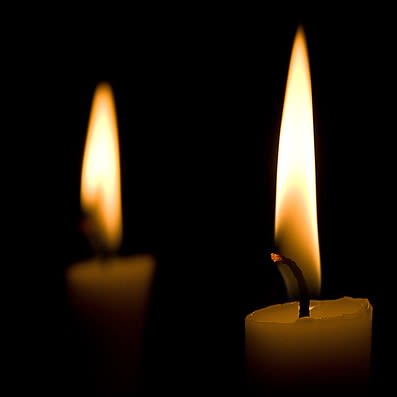Shabbat At Home
Shabbat is a celebration of the Jewish home, and the home is the matrix of Judaism. The prophets compared the relationship between God and Israel with that between husband and wife, and between parent and child. The Hebrew word emuna, usually translated as “faith,” in fact means “faithfulness, fidelity,” the virtue born and sustained within the home. The love between husband and wife is the human redemption of solitude. The love between parent and child is the closest we come to immortality in this world, for it is through our children that we, and what we live for, live on.
Shabbat is when, freed from the pressures of work, we can give time and loving attention to one another. It is also the time when we feel most profoundly the Shekhina, the Divine Presence, in the home. Our relationships to God and to those closest to us are both covenantal; that is to say, a mutual pledge of loyalty and love. Through the family and the quality of its relationships, Divine blessings flow into the world.
Before the Friday evening meal, we enact sequentially the values on which the home is built, (1) lighting candles, symbolizing domestic peace; (2) blessing children, our responsibility and continuity; (3) welcoming angels, invisible signs of God’s protection; (4) praising “the woman of strength,” guardian of the home; (5) Kiddush, the dimension of holiness; (6) the blessing over bread, a symbol of sustenance as God’s gift; and (7) song and words of Torah, expressing our faith joyously.
Shabbat Prayers
On Shabbat and Yom Tov, the Amida, the “standing prayer,” consists not of nineteen but seven blessings (in Musaf of Rosh HaShana, nine). The first and last three are, with minor variations, the same throughout the year. The seventh (middle) blessing is dedicated to the special “sanctity of the day.” Uniquely on Shabbat, this blessing is different for each of the three services; evening, morning and afternoon (the Musaf prayer is in a category of its own). The quality of time on Shabbat is different from other days: like a symphony, it has several movements.
On Friday evening, we speak of the Shabbat of creation; in the morning, of the Shabbat of revelation, as it was cornmanded on Mount Sinai; and in the afternoon, we look forward to the Shabbat of redemption. Thus in the evening, we think of the birth of time; in the morning, of historical time, the remembered past and the living present; and in the afternoon, of the culmination of time, and the World to Come of which Shabbat is the foretaste. Shabbat becomes a journey through the three phases of faith: God’s creation of the universe, His self-revelation to humanity, and His redemptive acts – collectively summoning us to build a world at peace with itself because it is at peace with God.
Another interpretation sees in the three stages of Shabbat the three parts of a wedding: first betrothal, kiddushin; then the marriage itself, symbolized by joy; then yihud, the coming together of the bride and groom (Abudarham). This idea reflected in the language of the Amida accords with the mystical understanding of Shabbat as a bride, and the day itself as a marriage of heaven and earth.
Excerpted from Rabbi Jonathan Sacks’ commentary in the new Koren Siddur, recently published by Koren Publications and OU Press, available for online purchase from OU Press
The words of this author reflect his/her own opinions and do not necessarily represent the official position of the Orthodox Union.
